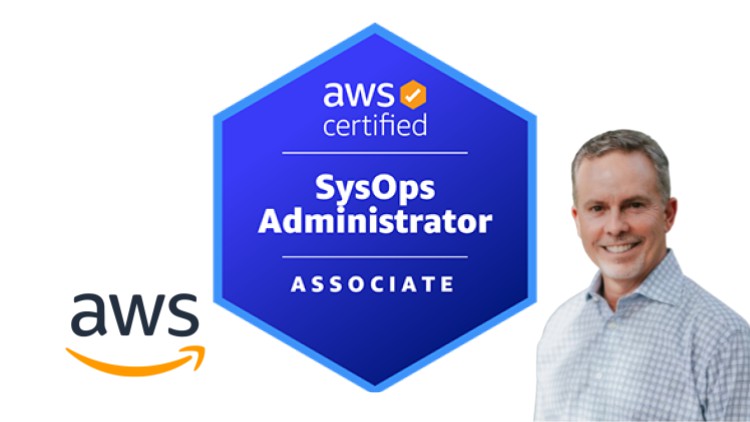
This is a practice exam that is as close to a real exam as possible, based on the exam taken on October 18, 2022.
What you will learn
Gain the knowledge necessary to pass the AWS Certified SysOps Administrator.
You can learn basic knowledge about AWS.
Learn basic concepts related to cloud computing.
Learn the scope of the AWS Certified SysOps Administrator exam.
Description
■Lab Questions
Due to Udemy system specifications, it is not possible to reproduce the lab questions.
We have reproduced the actual questions below so that you should be able to solve them.
———————————————————————————————————————————–
Please configure Amazon EventBridge to meet the following requirements: 1.
1. use the us-east-2 region for all resources.
2. use the default place settings, except as specified below.
3. use self-defined naming conventions, except where resource names are specified below
4. allow replay of Amazon EC2 events from the past 120 days in the default event bus
Create a Rule RunFunction that sends a specific message “name””example” to an existing AWS Lamda function Log Event Function every 15 minutes. Create a RunFunction. 6.
6. create a rule Spotwarninf that sends a notification to a new standard Amazon SAS topic TopicEvents each time an Amazon EC2 spot instance is interrupted, the subscription for this topic should have the following structure for the notification
Input Path.
{“instance”:”$.detail.instance-id”}
Input Template
“The EC2 Spot Instance <instance> has been interrupted”
————————————————————————————————————————————
This is a mock exam for the latest version on October 18, 2022.
The content is based on actual questions, so if you memorize this, you will pass the exam for sure.
■Full of explanations! For beginners
This is the definitive collection of practice examinations, with full explanations of the reasons for correct answers as well as incorrect answers.
Exam Fields and Percentage of Questions (as of November 10, 2022)
Category 1: Monitoring, Logging, and Repair 20%.
Category 2: Reliability and Business Continuity 16
Category 3: Deployment, Provisioning, and Automation 18
Category 4: Security and Compliance 16
Category 5: Networking and Content Delivery 18
Category 6: Cost and Performance Optimization 12